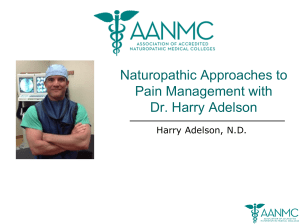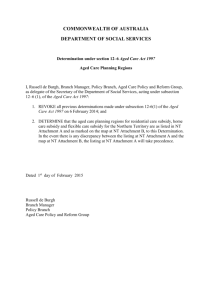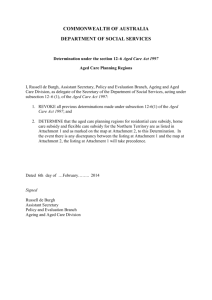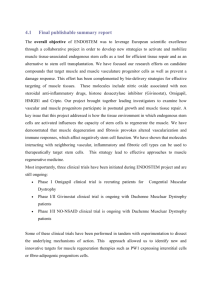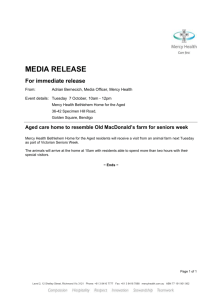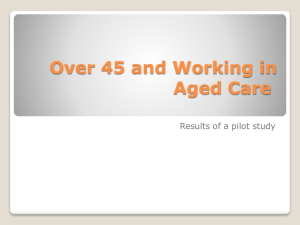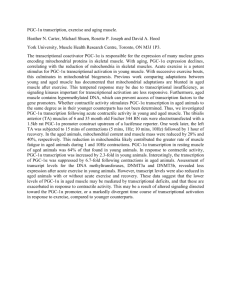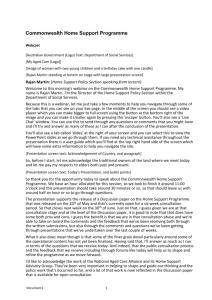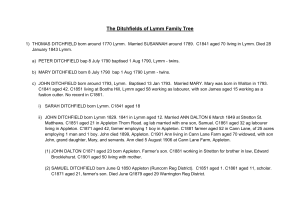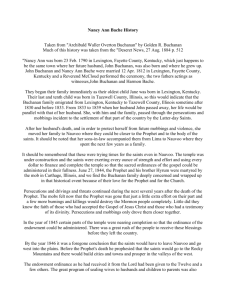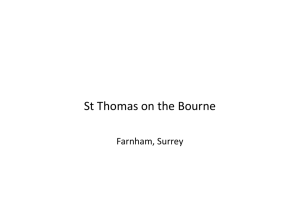Ben Cosgrove - Biomedical Engineering Society
advertisement
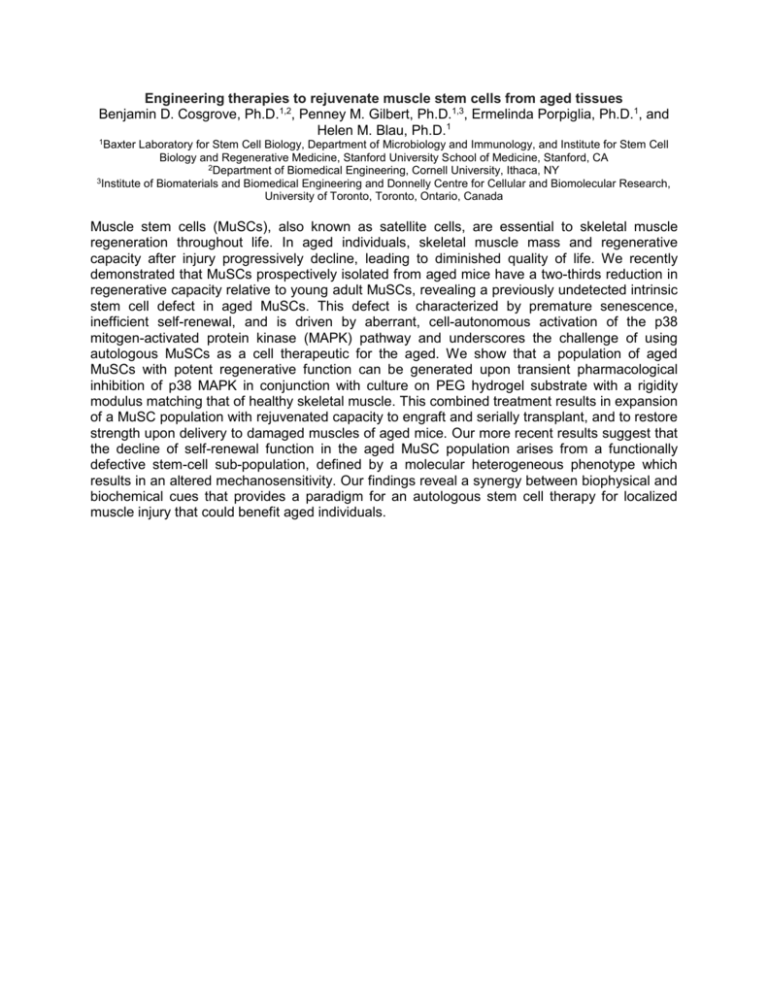
Engineering therapies to rejuvenate muscle stem cells from aged tissues Benjamin D. Cosgrove, Ph.D.1,2, Penney M. Gilbert, Ph.D.1,3, Ermelinda Porpiglia, Ph.D.1, and Helen M. Blau, Ph.D.1 1Baxter Laboratory for Stem Cell Biology, Department of Microbiology and Immunology, and Institute for Stem Cell Biology and Regenerative Medicine, Stanford University School of Medicine, Stanford, CA 2Department of Biomedical Engineering, Cornell University, Ithaca, NY 3Institute of Biomaterials and Biomedical Engineering and Donnelly Centre for Cellular and Biomolecular Research, University of Toronto, Toronto, Ontario, Canada Muscle stem cells (MuSCs), also known as satellite cells, are essential to skeletal muscle regeneration throughout life. In aged individuals, skeletal muscle mass and regenerative capacity after injury progressively decline, leading to diminished quality of life. We recently demonstrated that MuSCs prospectively isolated from aged mice have a two-thirds reduction in regenerative capacity relative to young adult MuSCs, revealing a previously undetected intrinsic stem cell defect in aged MuSCs. This defect is characterized by premature senescence, inefficient self-renewal, and is driven by aberrant, cell-autonomous activation of the p38 mitogen-activated protein kinase (MAPK) pathway and underscores the challenge of using autologous MuSCs as a cell therapeutic for the aged. We show that a population of aged MuSCs with potent regenerative function can be generated upon transient pharmacological inhibition of p38 MAPK in conjunction with culture on PEG hydrogel substrate with a rigidity modulus matching that of healthy skeletal muscle. This combined treatment results in expansion of a MuSC population with rejuvenated capacity to engraft and serially transplant, and to restore strength upon delivery to damaged muscles of aged mice. Our more recent results suggest that the decline of self-renewal function in the aged MuSC population arises from a functionally defective stem-cell sub-population, defined by a molecular heterogeneous phenotype which results in an altered mechanosensitivity. Our findings reveal a synergy between biophysical and biochemical cues that provides a paradigm for an autologous stem cell therapy for localized muscle injury that could benefit aged individuals.
